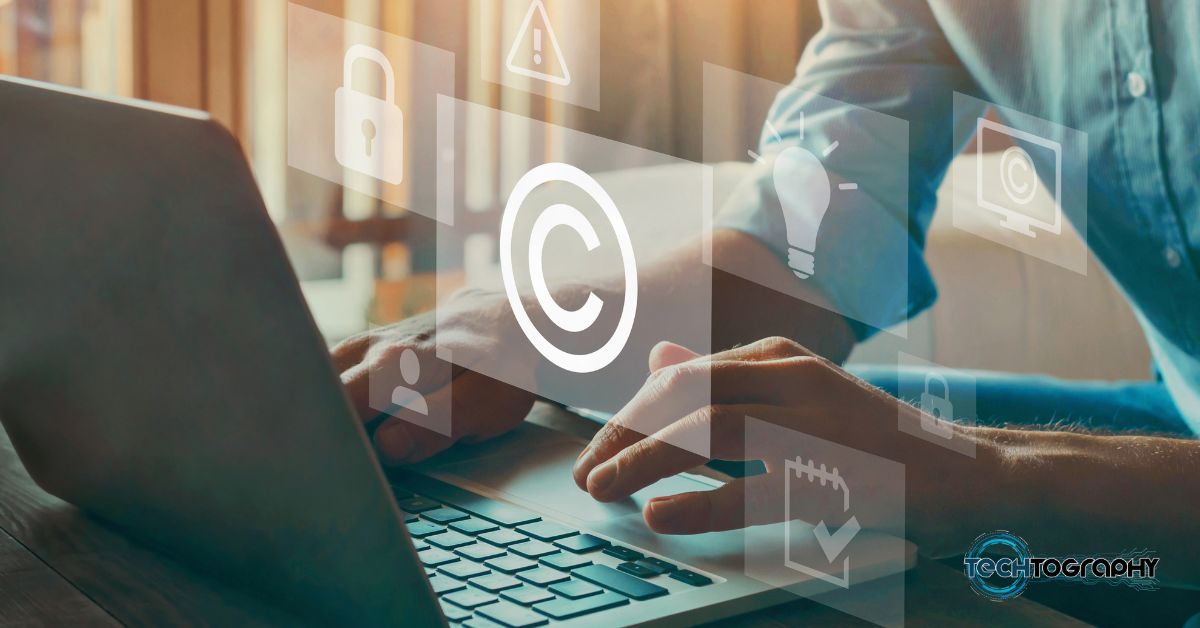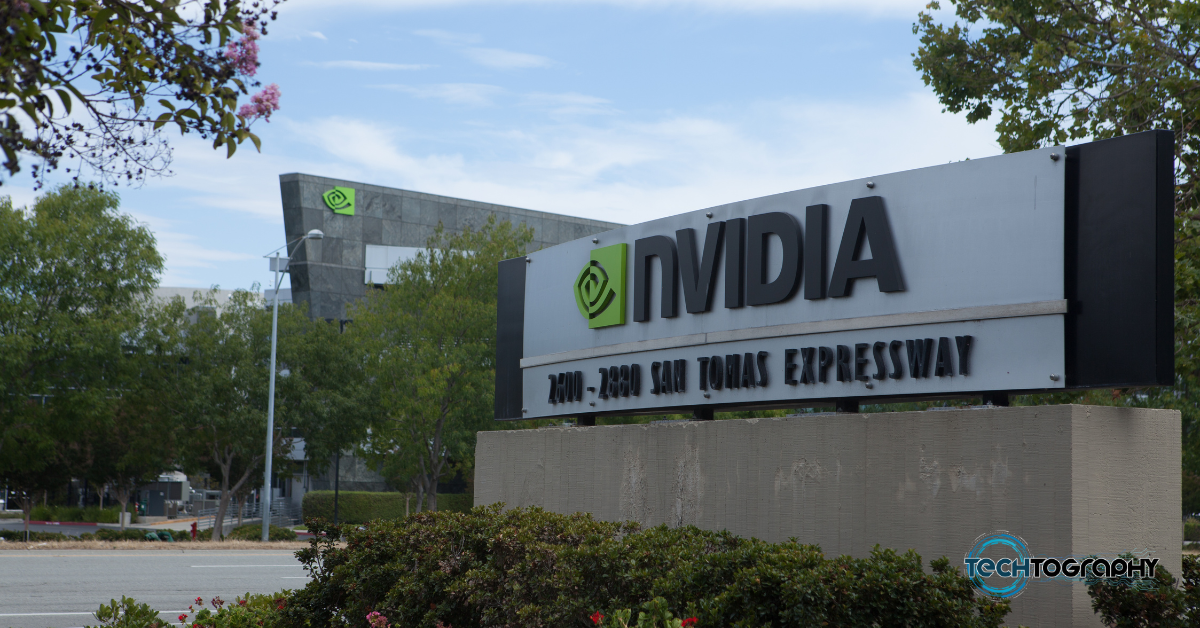In this Blog Post:
Artificial intelligence (AI) has been making headlines for its rapid advancements, from self-driving cars to AI-powered chatbots like ChatGPT. As this technology continues to evolve, the need for regulation becomes increasingly essential. The European Union (EU) has taken a significant step forward in addressing this issue by working on the world’s first comprehensive laws governing AI technology. Let’s dive into the details and explore what these proposed regulations could mean for everyday users like you.
The AI Act: A Balanced Approach to AI Regulation
The European Commission started working on the AI Act about two years ago, aiming to regulate the fast-paced world of AI technology, which gained significant traction after the release of OpenAI’s ChatGPT. Members of the European Parliament have agreed to advance the draft to the trilogue stage, during which EU lawmakers and member states will discuss and finalize the bill’s details.
One of the primary goals of the AI Act is to classify AI tools according to their perceived risk levels, ranging from minimal to unacceptable. This classification considers potential concerns like biometric surveillance, misinformation dissemination, and discriminatory language. While high-risk AI tools will not be banned outright, companies using them will need to maintain high levels of transparency in their operations.
Protecting Intellectual Property
An essential part of the proposed regulation is the requirement for companies using generative AI tools, such as ChatGPT, to disclose any copyrighted material used in their development. This provision was added recently to the proposal, as lawmakers recognized the importance of balancing intellectual property rights with the need for innovation.
This approach is considered “tactful” by analysts, as it avoids the “ban first, and ask questions later” strategy that some have proposed. The EU’s efforts to regulate AI technology are widely seen as pioneering, with other countries likely to follow suit in the coming years.
What It Means for You
As an everyday user, you may be wondering how these regulations might impact you. The primary goal of the AI Act is to protect citizens’ rights while fostering innovation and boosting the economy. By introducing transparency and classification requirements, the EU aims to ensure that AI technology remains safe and accountable.
For instance, if you use an AI-powered chatbot or an image-generating tool, the company behind the technology will be required to disclose any copyrighted material used during its development. This information helps to protect intellectual property rights and maintain transparency in the fast-growing AI industry.
Conclusion
As AI technology continues to advance at a rapid pace, the need for comprehensive regulations has become increasingly apparent. The EU’s efforts to create the AI Act represent a significant step forward in this area, aiming to protect citizens’ rights and foster innovation while maintaining transparency and accountability. Although these regulations are still being finalized, their potential impact on the AI industry and everyday users cannot be overstated. Keep an eye on this space as the EU leads the way in shaping the future of AI regulation.






